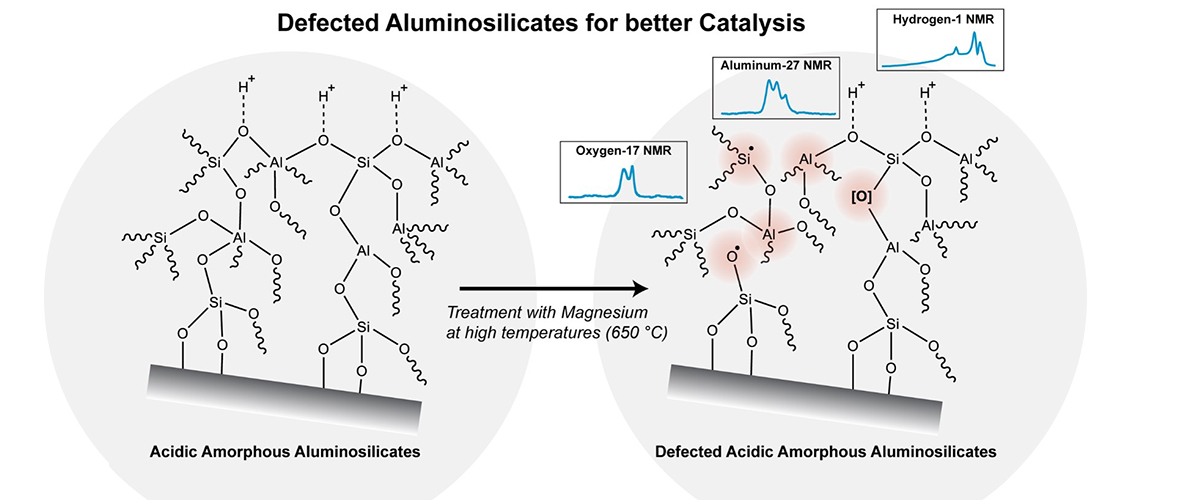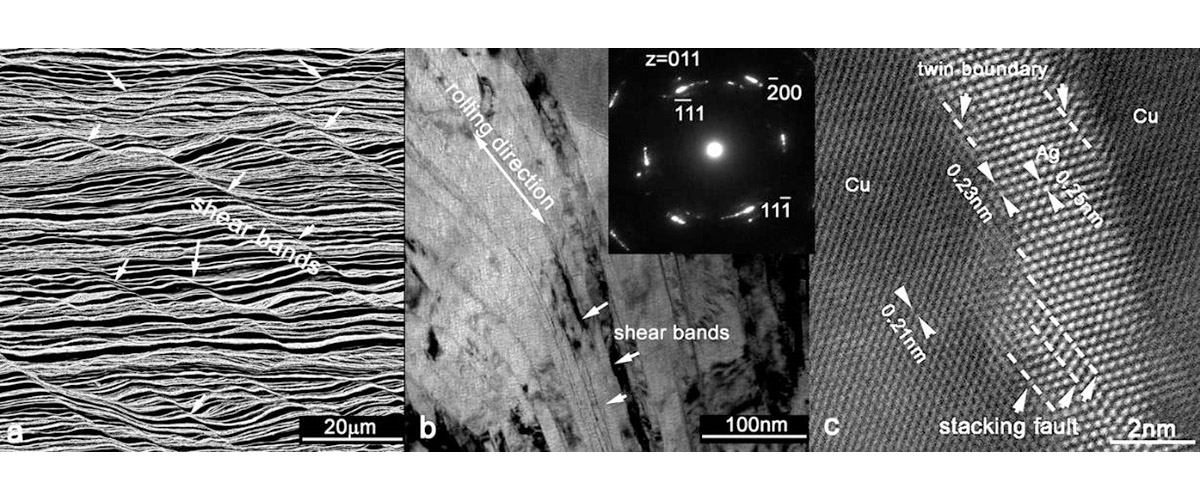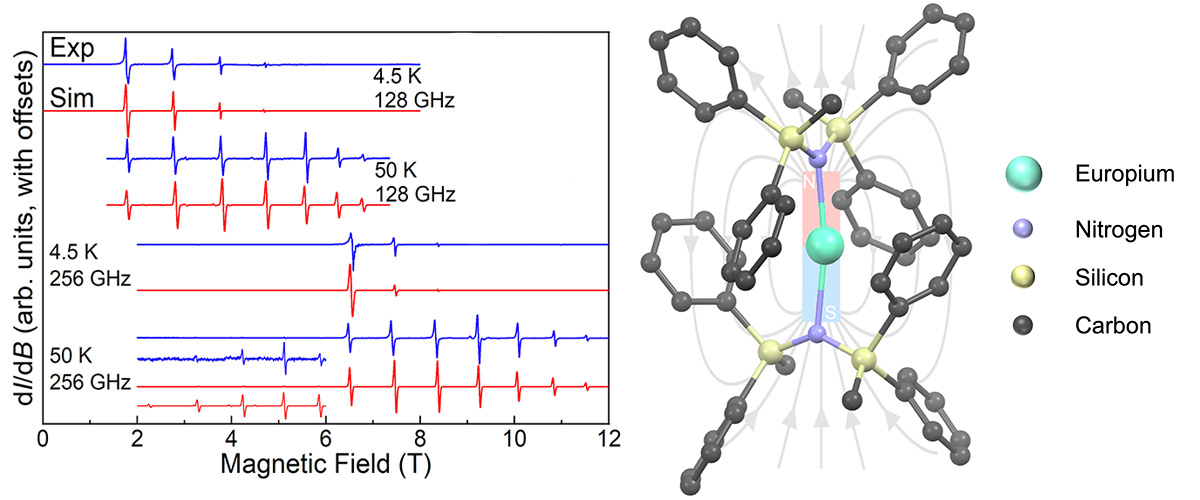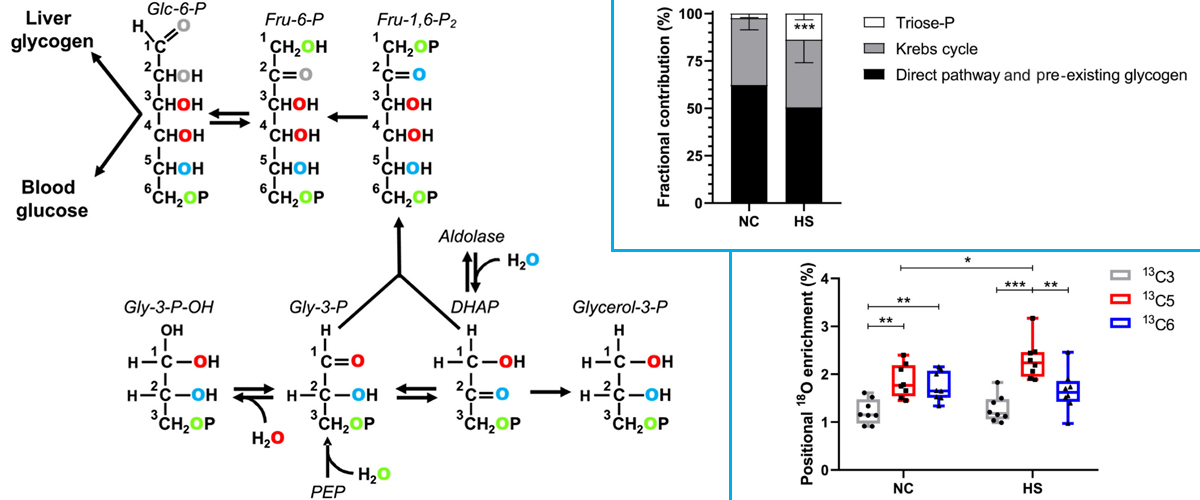These monthly highlights represent the most promising and cutting-edge research underway in the lab’s seven user facilities.

December 12, 2024
The physical properties of any solid material are determined by what happens in the quantum realm. How the electrons interact with each other, their s…

December 12, 2024
Using high-field nuclear magnetic resonance (NMR) at the MagLab, researchers discovered that adding atomic-level defects to a material called amorphou…

November 14, 2024
Wildfires change the chemical composition of molecules in soil, and only the 21T FT-ICR mass spectrometer can assess the molecular composition to unde…

November 14, 2024
Researchers from the Max-Planck Institute for Chemistry and the National High Magnetic Field Laboratory at Los Alamos developed a groundbreaking metho…

November 14, 2024
Because of such desirable properties as high mechanical strength and electrical conductivity, Cu–Ag nano-structured sheets are used, not only in high …

October 14, 2024
Previous work at the MagLab demonstrated that it is possible to design molecules containing a LuII ion such that its lone unpaired electron is shielde…

October 14, 2024
Because of such desirable properties as high mechanical strength and electrical conductivity, Cu–Ag nano-structured sheets are used, not only in high …

September 12, 2024
Since the observation of Hofstadter’s Butterfly in graphene, scientists have been working on a veritable zoo of materials which can be exfoliated down…

September 12, 2024
Scientists can create synthetic imitations of natural polymers, such as DNA, which provide an understanding of how nature works and can confer unique …

September 12, 2024
One young woman’s story demonstrates how MagLab STEM education programs provide research and career opportunities.

August 14, 2024
Solid oxide fuel cells generate clean energy by oxidizing green fuels like hydrogen and reducing atmospheric oxygen, without recharging or emissions t…

August 14, 2024
We demonstrated the ability to measure transport critical current dependencies Ic(B,T) of full-width REBCO tapes, giving direct feedback about propert…

July 16, 2024
MagLab researchers use 21 tesla ion cyclotron resonance (ICR) mass spectrometry to identify the best way to produce carbon fibers from petroleum waste…

July 16, 2024
An analogue of the quantum limit in metals, where very strong magnetic fields confine electrons to the lowest Landau level, has been discovered in the…

June 20, 2024
Topological materials are fascinating because they take the weirdness of quantum mechanics and turn it up a few notches to 11. The behavior of Samariu…

June 20, 2024
This study reports the first example of a europium single-molecule magnet – a molecule that can retain alignment of its ‘North’ and ‘South’ poles at l…

June 20, 2024
Deuterated water (2H2O) is often used to examine metabolic pathways in humans and animals. However, it can cause toxicity and distort metabolic readin…

May 15, 2024
Combining new data with an existing MagLab dataset, researchers characterized the millions of unique chemicals found in our waterways, including both …

May 15, 2024
High-temperature superconducting test coils have been subjected to extreme combined loads from high, cyclic pressure and electro-magnetic forces to un…

May 15, 2024
The MagLab participated in North Florida's first "Worlds of Work" Career Expo event to expose high school students to the many high-demand, high-wage …

April 17, 2024
At ultra-low temperatures in the 32T all superconducting magnet, MagLab users fully mapped out the Fermi surface of UTe2, learning more about how elec…

April 17, 2024
Rhodium (Rh) is one of the most costly and scarce platinum group elements; however, it is of great importance in many technologies including catalytic…

March 27, 2024
The 21T FT-ICR MS instrument enables the molecular characterization of atmospheric hazes - like that on Saturn’s moon, Titan - and water vapor to bett…

March 27, 2024
High temperature superconducting magnets offer tremendous potential for technological advancements and scientific discoveries, making them essential i…

February 26, 2024
Pulsed magnetic fields of up to 75 T were applied at many different angles to a newly discovered metal, CsV3Sb5, in temperatures down to 0.5 K. Unusua…

January 23, 2024
This work demonstrates how heat is transmitted through elemental indium using thermal impedance spectroscopy. Spanning 5 orders of magnitude in freque…

January 18, 2024
Studying a mysterious magnetic material (Na2Co2TeO6) that could be used in future quantum computing schemes, researchers revealed the crucial role mic…
Last modified on 06 August 2024